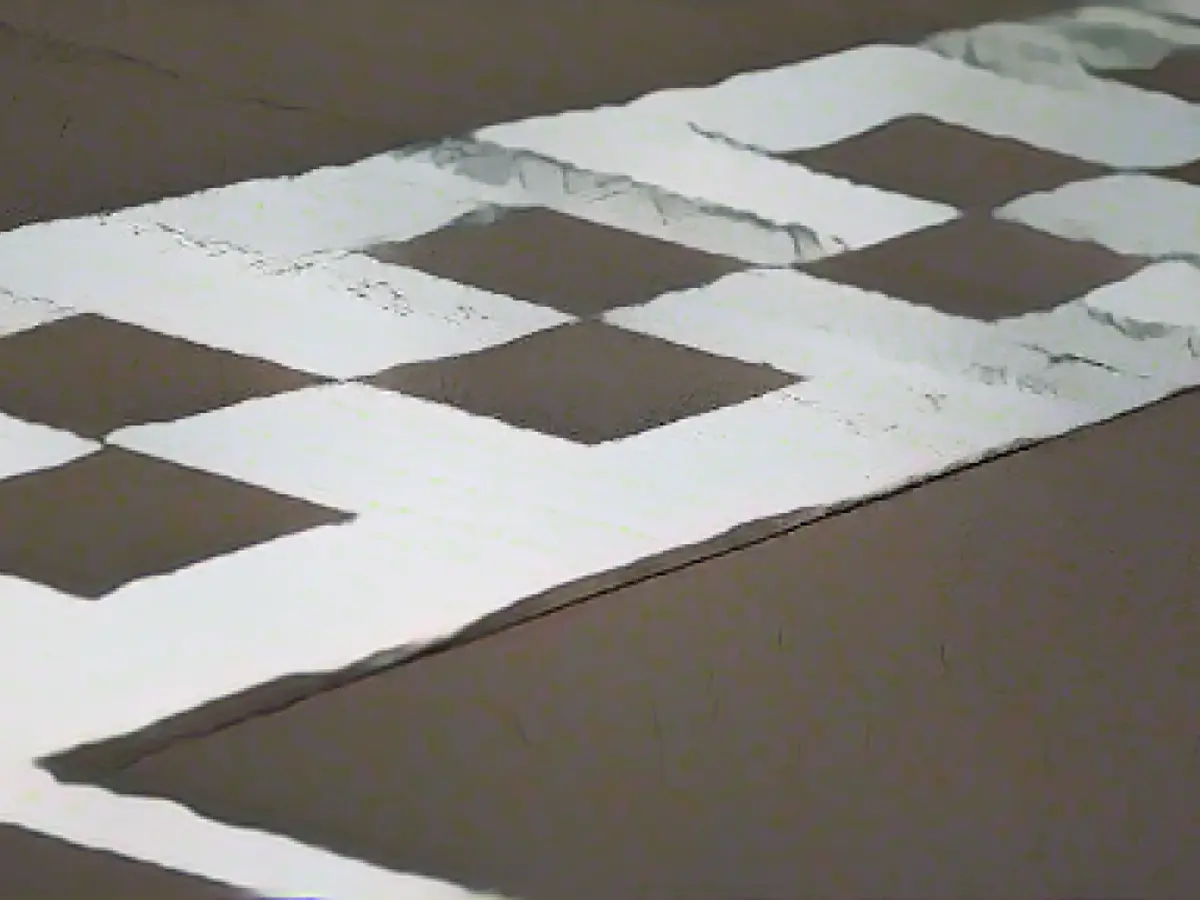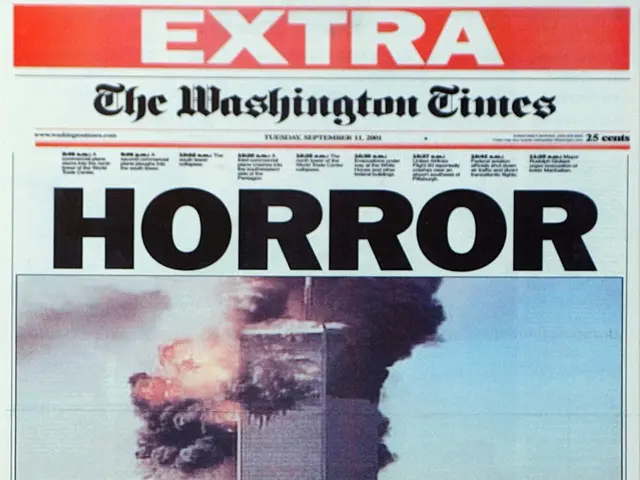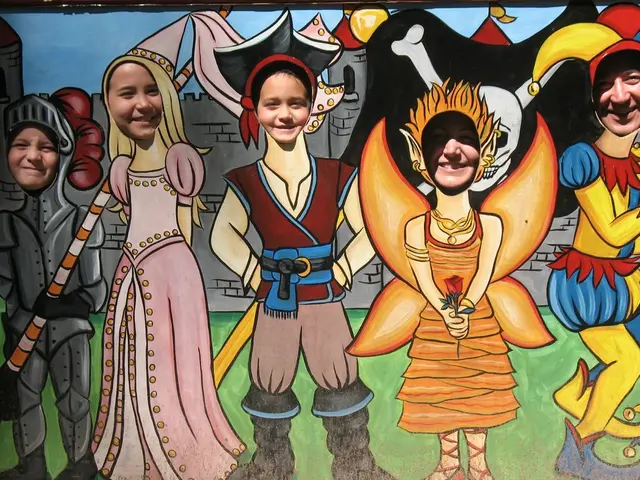Jay Leno, the legendary late-night talk show host, is famous for his passion for vintage cars and motorcycles. Housing a vast collection of over two hundred classic vehicles, Leno spends most of his days driving around his prized gems. Stored in his expansive garage in Burbank, California, Leno's garage serves as a time capsule, showcasing automotive evolution from the past century.
As a fervent supporter of engineering advancements, Leno cannot help but be enthralled by the benefits that technological progress has brought to our world. This enthusiasm also extends to the field of Formula 1 (F1), a sport that has historically been celebrated for its cutting-edge innovations.
Despite this fascination, Leno finds it challenging for folks to grasp the intricacies of F1. By its very nature, the sport has maintained complex technologies, which often seem like rocket science. That being said, he argues that driving a Formula 1 car is an entirely different experience that transcends mere understanding.
In the world of automobiles, Leno has also made a name for himself as a motorbike aficionado. He often shares his passion for classic two-wheelers with his fans, frequently driving his collection of mint-condition bikes on the streets of Burbank.
Speaking of racing, Jay Leno is well-acquainted with the unique demands of NASCAR – a motorsport that has long held a strong grip on American audiences. In the '60s, NASCAR used high-performance vehicles sellable to the public, making it accessible to everyday automobile enthusiasts.
As time went on, however, NASCAR became more specialized, and cars were tailored to suit the specific requirements of the sport. In contrast, the latest F1 racers, with their advanced technologies and sophisticated aerodynamics, bear little resemblance to the hole-filled streets of yesteryear.
Nevertheless, Leno is hopeful that the appeal of F1 will grow in the United States. To achieve this, he believes that the sport should focus on capturing the essence of the nostalgic image that people tend to associate with racing cars. This could include rekindling the charm of early NASCAR cars, accentuating the overall spectacle, or employing elements like dramatic tire bursts and chimney-like exhaust pipes that project a powerful and engaging atmosphere.
In a world that has become increasingly dependent on technology to ease our daily lives, Leno feels that there's still room for nostalgic charm. It's not just about speed – but also about feeling the rumble of engines and the thrill of the experience. As a prominent car enthusiast, Leno encourages the automotive world to embrace its historical roots while enjoying the thrilling embrace of modern innovation.
Enrichment Insights:
In recent years, Formula 1 has seen impressive growth in the United States market. Reasons contributing to this surge include the advent of Netflix's hit series, "Drive to Survive," which captivated audiences and drew in new sponsors [1].
F1's challenges in penetrating the U.S. remain, with NASCAR still holding a dominant position in terms of TV ratings and strong corporate backing. However, F1 has gathered momentum, with high-profile events such as the Miami and Las Vegas Grands Prix drawing attention to the sport [1].
IndyCar, although faster in a straight line, is often slower than F1 cars around an entire lap due to F1's outstanding downforce and cornering capabilities [4]. It's worth noting that spectators may have differing opinions on which sport provides a more engrossing and exhilarating experience.
The future of F1's media deals could potentially disrupt traditional sports broadcasting, which in turn could boost the sport's visibility and popularity in the U.S [1]. Jay Leno's thoughts on these topics as a car enthusiast are not explicitly mentioned in the provided sources, but he might have his unique insights on how to bridge the gap between F1 and NASCAR fans.





